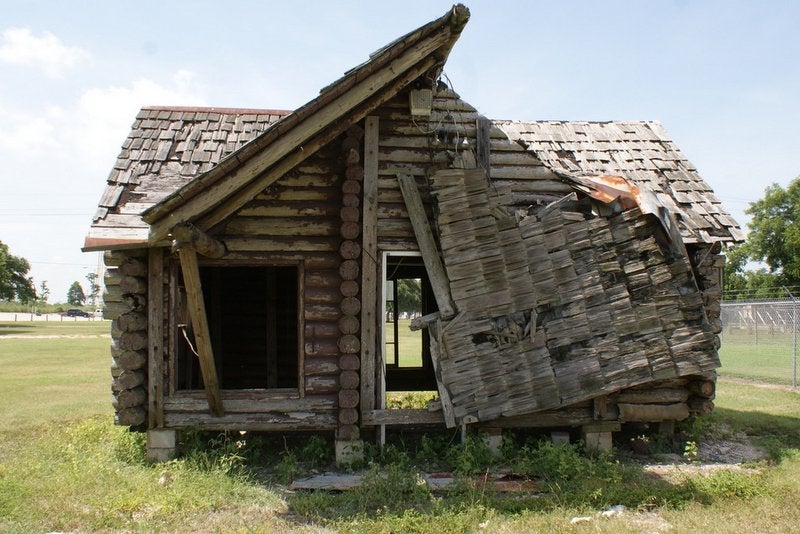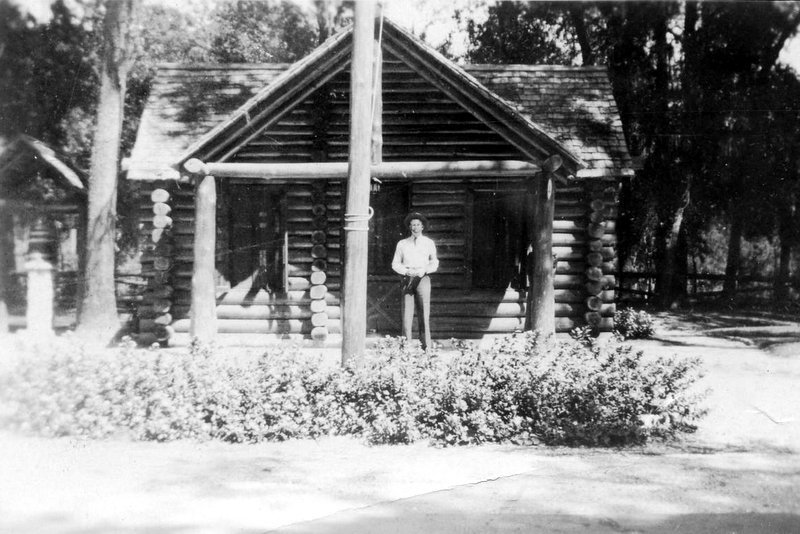What Made Orange Great: Texas Highway Information Bureau Centers, Keeping Travelers Informed
Published 6:27 am Wednesday, August 18, 2021
|
Getting your Trinity Audio player ready...
|
By Mike Louviere
Orange Leader
In 1905 the Texas Legislature created the Office of Public Roads to begin to bring standardization to the highways and roadways of Texas. They began to issue material specifications, testing procedures, construction guidelines, and bridge specifications to all road construction and maintenance in the state. In 1915 it was renamed The Bureau of Public Roads.
Following the Federal Road Act of 1916, the Texas Highway Department (THD) was established in 1917. It became a centralized system of funding and construction standards.
The THD shifted control from localities and provided money to build rural roads as well as trails in national forests. The state gained power to design and supervise improvements.
In 1921 the Federal-Aid Highway Act changed control of road and bridge projects and upkeep from county and local governments to the THD.
As the responsibility of building and maintaining roads and highways in Texas grew, so did the numbers of travelers on the roads and highways. One of the projects being discussed by the THD was the formation of a bureau to give travelers on Texas highways information about Texas and provide rest stops at entrances to Texas on major highways.
The first information station in Texas was built in Orange as travelers entered the state from Louisiana on Highway 90. The station was a small log cabin located on Green Avenue (Highway 90) about three blocks from the Sabine River, the state line between Texas and Louisiana.
The building was constructed of cypress logs and contained a room that spanned the width of the building with two smaller rooms in the back half of the building. The building was only about 24 feet by 24 feet but was adequate for the needs at the time. The first personnel to staff the building were cadets from Texas A&M College. One of the small rooms in the back was used for sleeping quarters for the personnel.
The persons working in the station distributed road maps and gave some information about sights to see and things to do in Texas. There was drinking water available, but no restrooms on site.
After the Highway 90 route through Orange changed with the construction of MacArthur Drive connecting to Green Avenue, the log cabin station was moved to a location among the pine trees on the north side of MacArthur Drive about a quarter mile west of Adam’s Bayou.
When the new highway was built that bypassed Orange proper and eventually became Interstate-10, a new modern information station was built on the north side of the highway just inside Texas at the Sabine River.
The old log cabin was vacated and sold. It would end its public use as a liquor store. When it was no longer in that use, it was taken by the City of Orange and moved to a site on Simmons Drive. Several options for use of the log cabin were discussed. None came to fruition and the small log cabin was left to deteriorate until it finally had to be demolished.
The new station on the new highway began to see more and more use as the number of travelers on the new interstate highway increased.
The amount of information available grew, there were restrooms, drinking water and vending machines available. The site was a nice rest area.
From only one highway information station in Texas in 1936, today there are 12 Texas Travel Information Centers located on major entrances to Texas. The centers are located at Amarillo, Anthony, Austin, Denison, Gainesville, Harlingen, Laredo, Orange, Texarkana, Waskom, Wichita Falls, and the Judge Roy Bean Visitor Center at Langtry.
The centers are open from 8 a.m. to 5 p.m. seven days per week with the exception of the Austin center, located at the state capitol which has the hours of 9 a.m. to 5 p.m. Monday through Friday.
The centers are to “Create a positive impression of the Lone Star State. Centers are staffed by professional travel counselors to provide visitors with routing assistance and give information on points of interest and road conditions.”
Services available at the centers include Texas Department of Transportation (TxDOT) travel literature, including the Texas State Parks Travel Guide, the Texas Official Travel Map, literature about Texas public campgrounds, and the Texas Events Calendar.
Additional literature includes maps, booklets, brochures, and pamphlets from local and statewide destinations, points of interest, special events, lodging and restaurants.
The center at Orange has a “Welcome to Texas” photo area, two sets of men’s and women’s restrooms open 24 hours per day, diaper changing stations, drinking water, a family assisted rest room, group picnic facility, handicap access, interpretive displays, motor carrier permits, TxTag, picnic tables, professional travel counselors, security surveillance, separate truck and passenger vehicle parking, vending machines, video theater, walking trail, weather information, and wireless internet access.
The picnic tables are covered and there is a boardwalk with interpretive exhibits of the Blue Elbow Swamp and a scenic deck with an overview of the wetland area and cypress forest.
Texas Information Centers are part of the Travel Information Division that promotes travel to and within the State of Texas.
The Division distributes and produces travel literature and operates the 12 information centers, the Drive Texas program, and Texas Highways Magazine. The Division also manages the Don’t Mess with Texas, Adopt-A-Highway, and Drive Texas programs and partners with Keep Texas Beautiful.
The information center at Orange follows the same operation hours as the other centers. The centers are closed Easter Sunday, Thanksgiving, Christmas Eve and Christmas Day and New Year’s Day.
The Orange travel center may be reached by dialing 409-883-9416.
The phone number for travel information, trip planning, highway conditions information is 800-452-9292, available 8 am. to 6 p.m. daily. Automated road condition information is available 24 hours per day.








